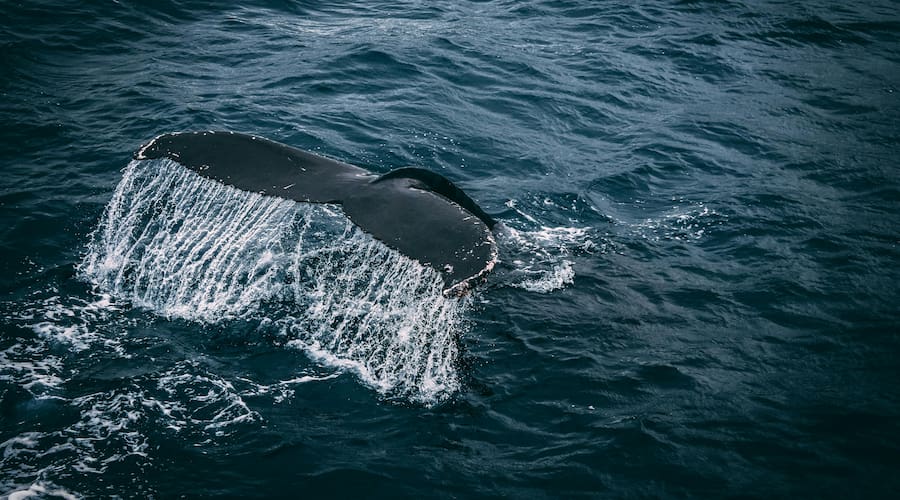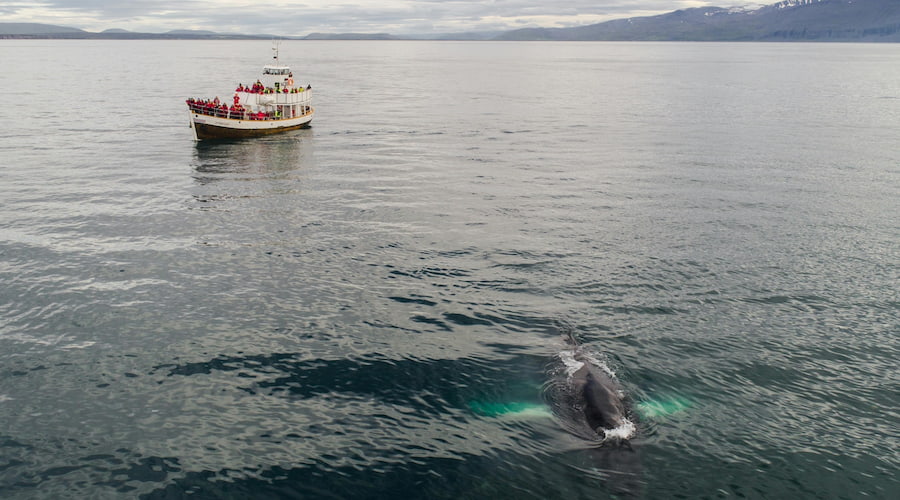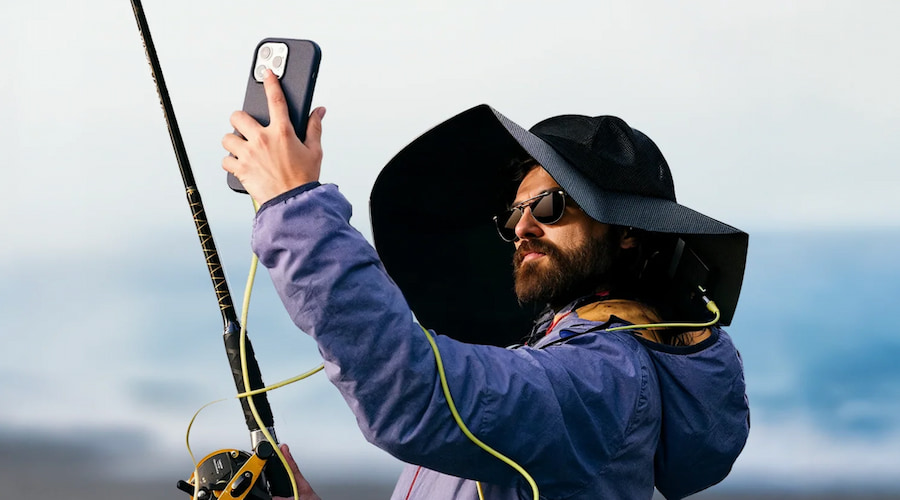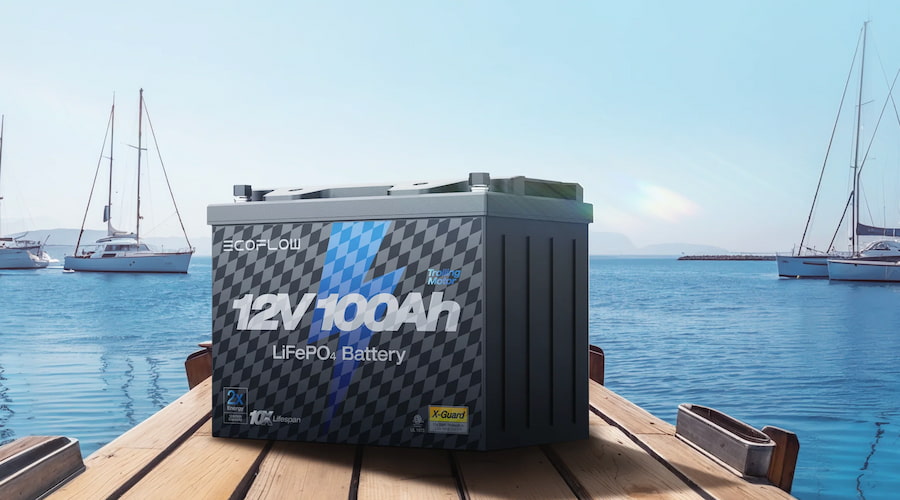Ultimate Guide to Whale Watching in Gold Coast: When, Where & How
Thinking about whale watching in Gold Coast? You’re in for a truly unforgettable experience. Every year, thousands of humpback whales cruise past the coastline on their annual migration, and the Gold Coast is one of the best places in the country to see them up close.
Whether you’re watching from a lookout or heading out on a boat tour, there’s something incredibly special about seeing a whale breach just metres away. In this guide, you’ll find everything you need to plan the perfect whale watching day, from the best time to go and top viewing spots to expert tips and tour recommendations.
Best Time for Whale Watching in Gold Coast
The whale watching season in Gold Coast kicks off in late May and runs right through to early November. That’s when about 30,000 humpback whales make their annual migration along what locals call the “Humpback Highway.”
The peak months are mid-June to late August, when the whales are heading north to the warmer waters of the Great Barrier Reef. Then, around September and October, you’ll often spot mothers and their calves cruising back south, usually sticking close to the coastline, which makes for some amazing close-up sightings.
Top Whale Watching Spots on the Gold Coast
You’ve got plenty of great places to spot whales along the coast, no binoculars required (though they help!).
Burleigh Head National Park is a favourite for good reasons. A short walk up to Tumgun Lookout gives you a sweeping view of the ocean, and if you’d rather stay low-key, just roll out a picnic rug on Burleigh Hill and keep your eyes on the water.
Down south, Point Danger Lookout at Coolangatta is another gem. It just right out over the water near the NSW border, so you’ll often see whales passing by surprisingly close.
If you’re near Surfers, The Spit at Main Beach is a great option. The breakwall and dunes offer uninterrupted ocean views, and it’s super accessible with easy parking nearby.
Kirra Hill Lookout is a go-to for locals, close to cafés, relaxed vibe, and often just as rewarding as the busier spots. Whales pop up here all the time.
For something a bit different, check out Elephant Rock at Currumbin. You can climb the stairs to the lookout or grab a spot at the surf club nearby. It’s a quieter viewing point but still delivers when the whales are on the move.

Whale Watching Tours and Cruises
If you really want to get up close to the action, joining one of those whale watching in Gold Coast tours is the way to go. There are plenty of options, from large, stable catamarans to small-group eco cruises, all designed to give you the best possible views of these incredible creatures.
Most trips run for about 2–2½ hours, operate daily from late May through late October, and include a “see a whale or cruise again free” guarantee, so your chances of going home without a breaching photo are slim to none.
The major operators at a glance
Sea World Cruises (Main Beach): Large twin-deck catamarans, onboard marine naturalists, underwater microphones, and even a VIP Captain’s Lounge upgrade. Fares start at ≈ $79 during seasonal sales, with multiple departures every day from the Sea World Cruise Terminal.
Spirit of Gold Coast (Mariners Cove): A 24-metre catamaran offering 360-degree viewing, complimentary morning tea, and a 100% sighting guarantee that scores you a free return trip if the whales play shy. Adult tickets hover around $109 but often dip to $75–$85 on mid-week deals.
Whales in Paradise (Surfers Paradise): Boutique, family-run cruises with fewer passengers, rail-side seating all round, and a licensed bar. They sail right from the Nerang River jetty in Cavill Avenue, making it a top pick if you’re staying in the heart of town.
Cooly Eco Adventures (Tweed Heads/Coolangatta): Small-group eco-rafts and, uniquely, “swim with whales” experiences for confident snorkellers once conditions allow. Perfect if you’re based near the southern beaches and want something more adventurous.
What you’ll get on board
Whichever tour you choose, you’ll be looked after by experienced crews—many include a marine biologist—who know exactly where to go and how to give you the best chance of spotting whales, whether it’s a tail slap, a full-body breach, or a curious calf swimming by.
Modern boats carry hydrophones so you can hear whale songs, and most have covered cabins plus open viewing decks for that wind-in-your-hair moment. Sea World even pipes live footage from an underwater camera to big screens inside the cabin.
Light refreshments (coffee, tea, bikkies) are standard, while premium lounges add plush seating and snacks.

Tips for an Unforgettable Whale Watching Experience
Heading out to see the humpbacks is simple, but turning a good outing into a great one comes down to a few smart choices. Follow the pointers below and you’ll spend less time fumbling with jackets or cameras and more time gasping at breaches.
Book early
Whale watching is a seasonal highlight on the Gold Coast, and tours often fill up quickly, especially on weekends and during school holidays. Booking early not only secures your spot but also gives you more flexibility in choosing the best time and conditions for your cruise.
Dress for the elements
Even in sunny Queensland, it gets chilly once the boat picks up speed, so layer up with a long-sleeve top or light jumper under a wind- and waterproof jacket, plus enclosed shoes for grip on wet decks.
Sunglasses and a hat are essential too, not just for the sun, but for keeping your eyes on the water without squinting.
Slip on the wide-brim EcoFlow Power Hat and you cover two jobs at once: UPF 50+ shade for your face and a solar panel that tops up small gear via dual USB-C & USB-A ports.
It quietly charges your phone or action cam while you’re watching the horizon, so you don’t have to worry about running out of battery just as a whale breaches.


Pack the essentials
Bring the basics: water, snacks, sunscreen, binoculars, and your camera gear. To keep everything powered—whether you’re on a tour boat, camped at a beach lookout, or spending the whole weekend road-tripping the coast—carry a reliable portable power source.
The EcoFlow RIVER 3 Max Plus Portable Power Station packs 858Wh of capacity into two sleek, compact units that are easy to toss in the car.
It offers 600W of continuous power (and up to 1,200W with X-Boost), making it perfect for charging DSLR cameras, drone batteries, smartphones, and running a portable hotspot for a couple of days—or longer.
Multiple AC and USB-C ports mean everyone can plug in at once, so no one misses the shot because their battery died.
EcoFlow RIVER 3 Max Plus Portable Power Station
Beat seasickness before it starts
Eat a light meal, skip the alcohol, and take motion-sickness tablets or wear pressure bands 30 minutes before boarding if you’re prone to nausea. Choosing an early-morning departure helps too; the sea surface is usually calmer before the wind picks up later in the day.
Choose the perfect moment
Morning cruises give you gentler swells and golden light behind the whales—ideal for clear views and sharp photos. If you’re watching from shore, arrive at least 30 minutes early so your eyes adjust to the glare, and you don’t miss the first spouts.
Capture the shot
Set your camera (or phone’s Pro mode) to a fast shutter speed—around 1/1000 s—to freeze airborne whales, and switch to burst mode so you don’t miss the peak of a breach.
A telephoto zoom (70–300 mm or more) lets you fill the frame without breaking the 100 m exclusion zone.
Power your own boat
If you’re skippering a centre-console or fishing tinny out to the migration highway, house power matters as much as fuel. Swap the old lead-acid block for the EcoFlow 12V 100Ah Lithium Trolling Motor Battery and you shed serious weight, gain a steady 1.28 kWh of energy, and get up to 1,800W continuous output.
That’s plenty for sounders, bait tanks and a trolling motor that keeps you positioned without revving the outboard. The 6000+ long cycle life and rapid recharge of this LiFePO4 marine battery mean you’re ready for a sunrise run again tomorrow, even after a full day shadowing a pod.


Respect the whales (and the law)
Queensland rules require boats—and drones—to stay at least 100 metres from whales and to idle at slow speed inside that buffer. Low-flying drones can stress migrating pods, so keep yours well above the 100 m ceiling or leave it at home.
Above all, let the whales decide how close they come. Patient, quiet watchers often get the closest encounters.
Conclusion
There’s nothing quite like the thrill of spotting a whale in the wild, and whale watching in Gold Coast gives you a front-row seat to one of nature’s most spectacular migrations. Whether you catch a glimpse from a coastal lookout or cruise alongside a pod of humpbacks, it’s an experience that sticks with you. With the right timing, a good spot, and a few handy tips, you’ll be all set for a day you won’t forget.
FAQs
What are the best months for whale watching on the Gold Coast?
The prime whale watching season on the Gold Coast runs from June to October, with August often considered the peak month. During this period, thousands of humpback whales migrate along the ‘Humpback Highway’ off the coast, providing excellent opportunities to witness their spectacular behaviours. While sightings can occur from May to November, tours typically operate between June and October for the best experiences.
Where is the best place to see whales on the Gold Coast?
For the most immersive experience, joining a whale watching cruise is highly recommended. Operators like Sea World Cruises and Whales in Paradise depart from locations such as Surfers Paradise and Main Beach, offering close-up views of the whales’ acrobatics. If you prefer land-based viewing, headlands like Burleigh Head National Park and Point Danger provide excellent vantage points to spot whales during their migration.
Is whale watching in Gold Coast worth it?
Absolutely! Whale watching on the Gold Coast is a memorable experience that offers a chance to see humpback whales in their natural habitat. With a high likelihood of sightings during the season, many tours even offer guarantees, providing a free return trip if no whales are spotted. The combination of the whales’ impressive displays and the stunning coastal scenery makes it a worthwhile activity for both locals and visitors.